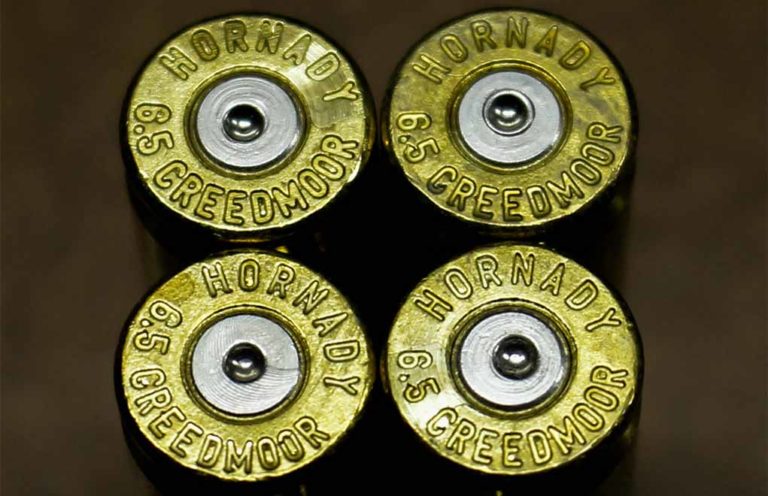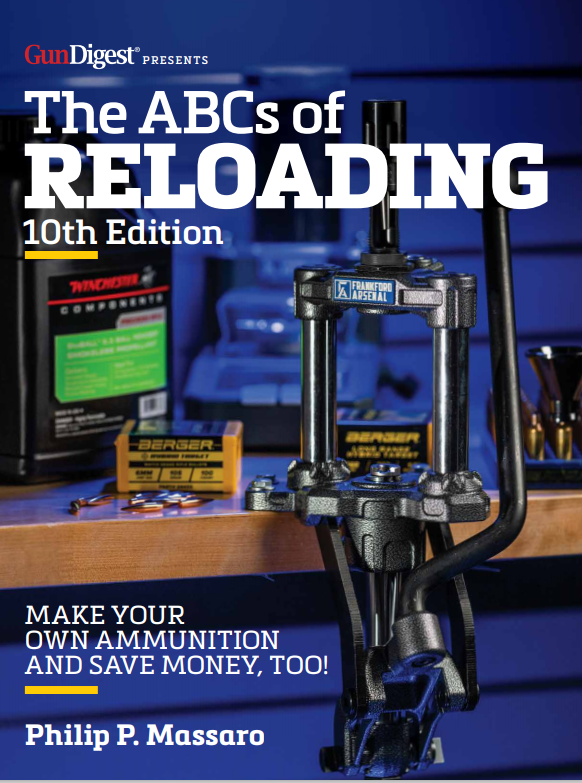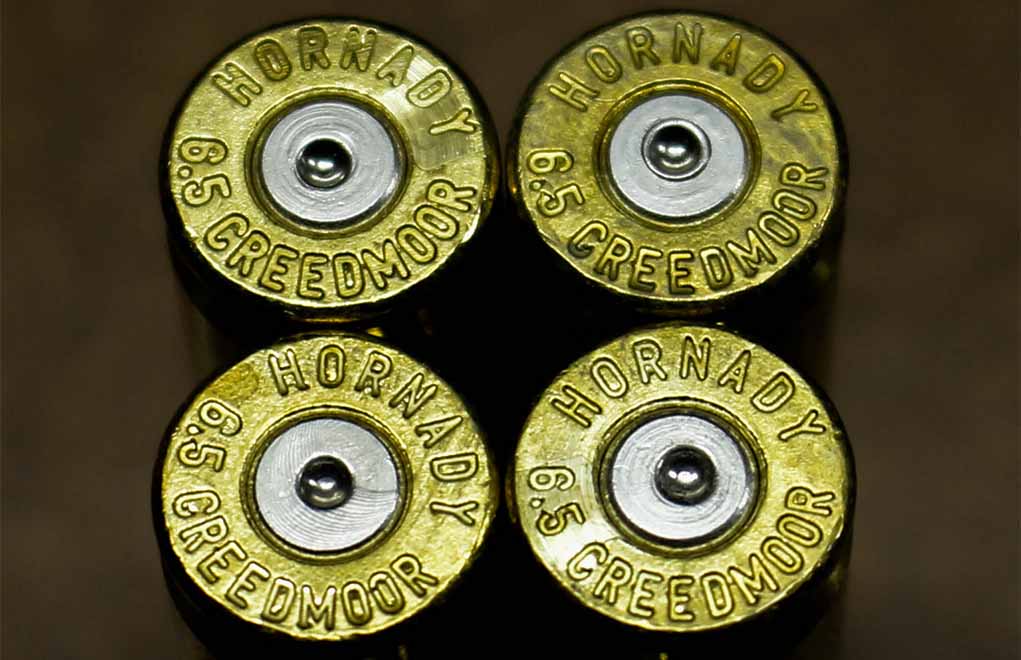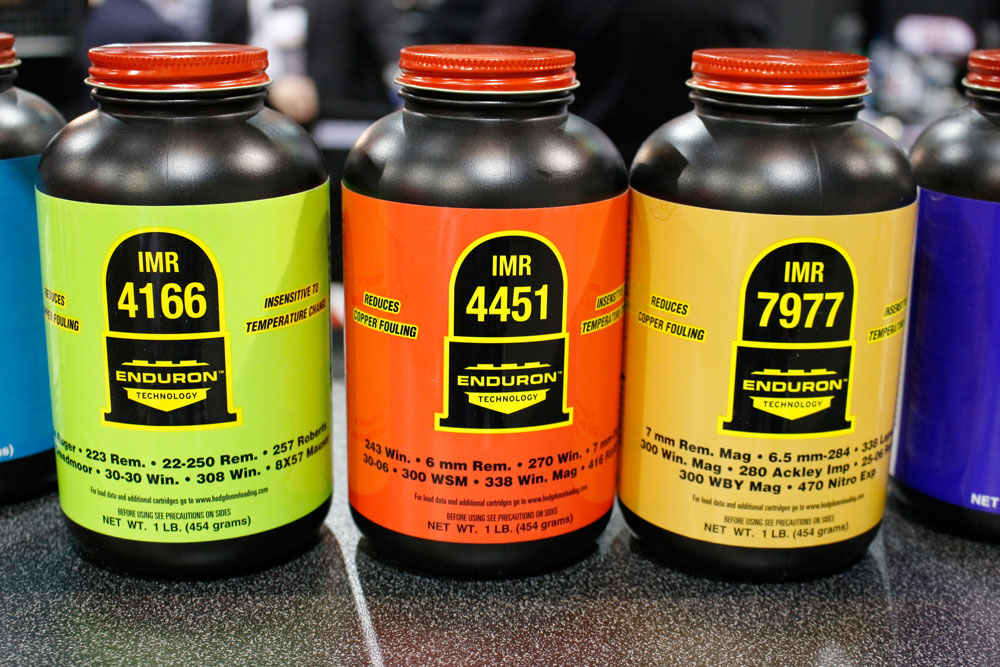
Do you know when you have gone too far hot-rodding your reloads? Here are some of the telltale signs you're pushing your luck with cartridge pressure.
What Are Excessive Cartridge Pressure Signs?:
- Difficult Case Extraction
- Flattened Primer
- Raised Crater Where The Firing Pin Strikes The Primer
- Shiny Spot On The Case Head

What are the pressure signs you need to recognize? How do you know when your load is too hot and you need to back it down?
Several signs can be seen or felt on the fired cartridge. The first indicator is a difficult case extraction. Whether it’s a revolver that requires additional effort to get the cases from the cylinder or a bolt-action rifle with a bolt that is difficult to lift, an overly expanded case is a telltale sign. A semi-automatic firearm may fail to cycle the action or extract the cartridge at all, or a lever-action may lock up completely. No matter the gun, if a cartridge is stuck in the chamber or is challenging to extract, that should be the first sign of trouble.
The spent primer can tell you much about what’s going on inside the cartridge. Become familiar with how a primer looks when newly installed, properly seated, and fired at normal pressures. It should have a clean mark from the firing pin. The edges of the spent primer, where it contacts the edge of the case’s primer pocket, should have the same curved appearance when you installed it. If the primer seems to have a sharp, square edge along the primer pocket, or it seems distorted in any way, that is an immediate sign of high pressure. (Many reloaders refer to this as a ‘flattened primer.’) Also, look at the firing pin mark: if the dimple made by the pin has a raised crater on its edges, this is an example of the pressure blowing the metal in the primer backward and around the firing pin. It’s highly indicative of excessive pressure.

If you see a bright, shiny spot on the case head where the extractor sits, this is another sign that the pressure is too high for the cartridge/rifle combination. I’ve also seen excessive pressure blow the primer entirely out of the case and have found the cup and anvil of the primer down in the rifle’s magazine.
However, lest you should fear the handloaded cartridge, I have seen all of these symptoms in factory ammunition and on more than one occasion. Some shooters like to stuff +P ammunition in older revolvers, and the result can be a cracked cylinder, rendering an otherwise perfectly good handgun useless. I’ve also seen people push a classic, century-old lever-action rifle to the brink with the faster, modern ammunition such as Hornady’s LEVERevolution. Both the +P handgun ammo and Hornady’s great lever gun cartridges have their place, so long as you understand the pressures they generate and use them in the appropriate firearms.
More Reloading From Phil Massaro:
- Choosing the Best Reloading Press for Your Needs
- Primers, First Stage of Ignition
- The Reloading Scale and Ammo Accuracy
- Reloading Manuals the Sacred Tomes of Reloading
- Gunpowder or Things That Make You Go Boom!
Staying Within the Limits
You’ll need to recognize the pressure and velocity limits of the cartridge you’re loading. My first bolt-action big game rifle was a Ruger Model 77 MKII chambered in .308 Winchester and was a Christmas gift from my Dad, Ol’ Grumpy Pants. He shoots .308 Winchester, so we started handloading for the pair of rifles and had success. It was quite a good feeling to take deer with the ammunition we’d created together, and that rifle and cartridge were responsible for my journey into reloading.

I began experimenting with all sorts of loads for that rifle. Some were middle-of-the-road recipes that the .308 likes and others pushed the limits, as I was essentially trying to beat .30-06 velocities from the much smaller case. With my cartridges demonstrating all of the symptoms I described above, Grumpy Pants gave me that look of parental disappointment, and I knew I’d be hearing about it. “Why don’t you use that rifle for what it was designed for and just go deer hunting? If you want a .300 Magnum, go buy one, but stop torturing that rifle.” He was right.
There was no point in generating those high pressures in that rifle, and once I came back to the realm of sanity, the groups went back to the sub-MOA size they had been, primers and cases appeared as they should, and I still enjoy that rifle to this day. The point is that even though you can control the parameters of your ammo, wringing every last bit of velocity out of the cartridge at the cost of high pressures is a poor tradeoff.
Editor's Note: This article is an excerpt from The ABCs of Reloading, 10th Edition by Phil Massaro, on sale at GunDigestStore.com.

Next Step: Get your FREE Printable Target Pack
Enhance your shooting precision with our 62 MOA Targets, perfect for rifles and handguns. Crafted in collaboration with Storm Tactical for accuracy and versatility.
Subscribe to the Gun Digest email newsletter and get your downloadable target pack sent straight to your inbox. Stay updated with the latest firearms info in the industry.

![Best Concealed Carry Guns In 2025 [Field Tested] Wilson Combat EDC X9S 1](https://gundigest.com/wp-content/uploads/Wilson-Combat-EDC-X9S-1-324x160.jpg)


![Best 9mm Carbine: Affordable PCCs [Tested] Ruger Carbine Shooting](https://gundigest.com/wp-content/uploads/Ruger-Carbine-Shooting-100x70.jpg)
![Best AR-15: Top Options Available Today [Field Tested] Harrington and Richardson PSA XM177E2 feature](https://gundigest.com/wp-content/uploads/Harrington-and-Richardson-PSA-XM177E2-feature-100x70.jpg)

I enjoyed this article very much. As a new reloader, I learned a lot. The question I have is this. Is velocity a sign of pressure if you are not seeing any of the other indications of pressure you mentioned in the article?